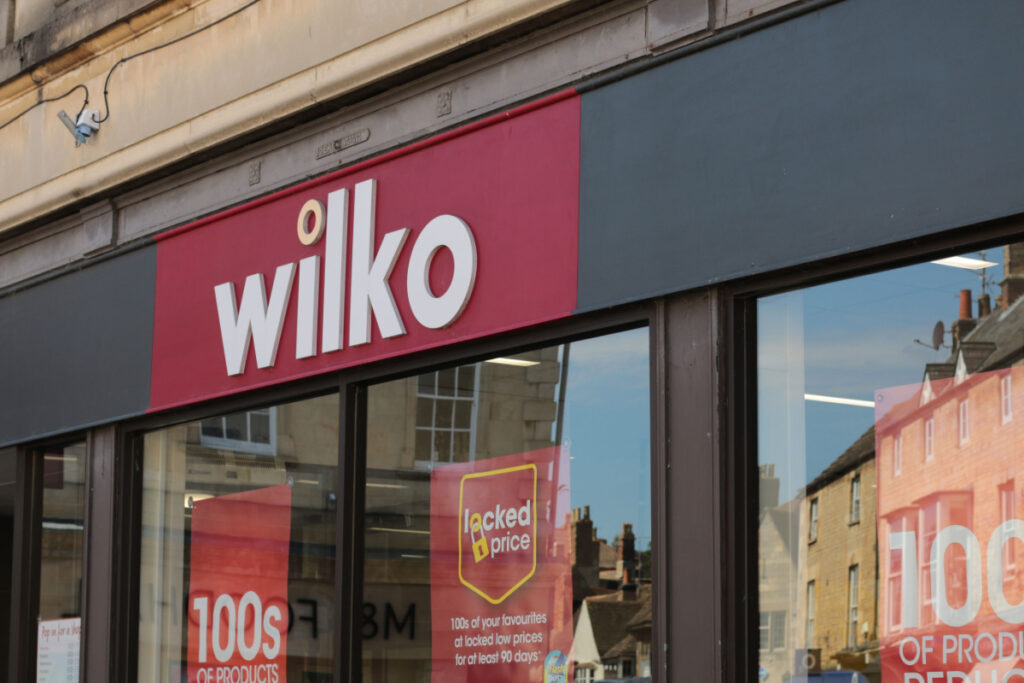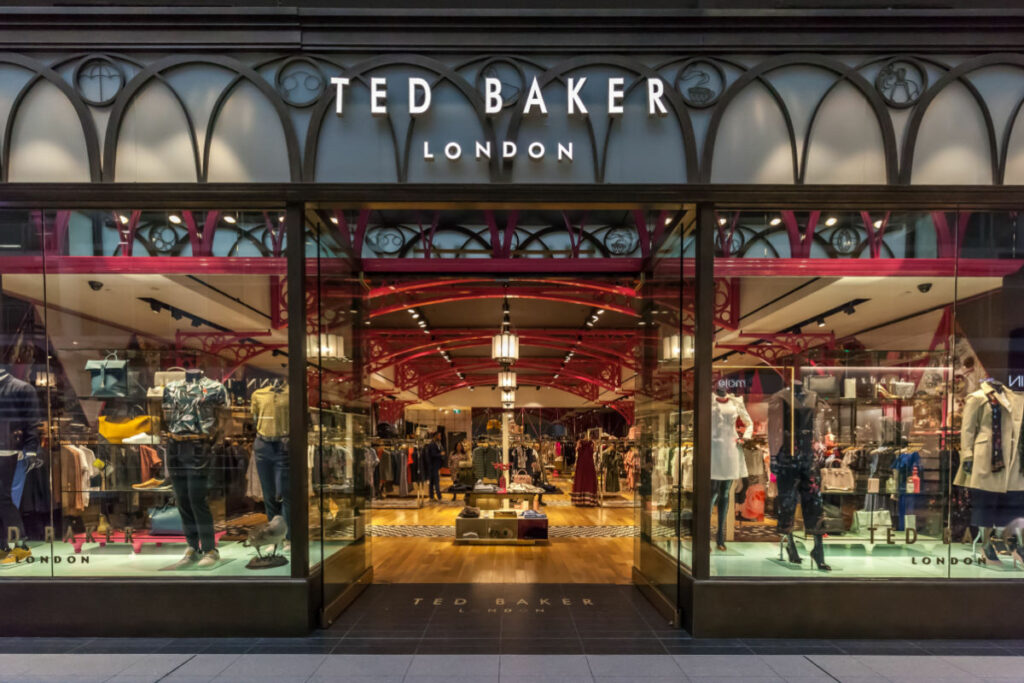Credit insurers have been slashing cover for a host of retailers from fashion to grocery in recent months as inflation and dampened consumer spending continue to hit businesses.
One of those companies was Wilko. The withdrawal of cover last year was a pivotal moment in the value retailer’s demise and rocked its ability to trade.
With many suppliers demanding payment upfront, the retailer was left with huge gaps on its shelves, which inevitably hit sales and led to many shoppers abandoning the retailer.
Credit insurance is used to protect suppliers against the risk of a retailer they work with going bust between the point of accepting an order and payment being made. Without it – as in Wilko’s case – suppliers can require payment upfront.
Damien Dawson, trade credit and insolvency expert at Atradius, explains that a credit insurance policy can play “a very important role in maintaining a company’s confidence in its trade debtor book”.
“In a time of high volatility this could be a determining factor as to whether a company flourishes or fails.”
Last month, leading credit insurer Allianz Trade reduced its cover for Boohoo suppliers.

Its cover has been cut by an average of 50%, with some suppliers set to have zero coverage from September.
Boohoo is not alone. Fellow fast fashion giant Asos had its cover cut in May and frozen food giant Iceland had its reduced the start of the year.
Why is cover being cut?
Money.co.uk business expert Cameron Jaques explains that the uncertainty felt across much of the country right now is to blame.
“With many retailers heavily relying on things such as energy or petrol to run their business, for example a frozen food shop or product delivery service, there’s a real possibility that with rising energy costs, they could get into financial trouble and be unable to pay their suppliers,” he says.
“Credit insurance companies don’t want to risk covering retailers for potentially huge amounts of debt.”
So, how do credit insurers assess cover levels?
Dawson explains that Atradius uses a wide range of information when underwriting, including both financial and non-financial information and in many cases, has direct communication with the businesses that it is supporting cover on.
It also factors in wider sector prospects and takes into consideration the trading experience of its customers, such as slow or late payments.
“Market headwinds in a trade sector will undoubtedly have an impact on the financial information we are seeing, so naturally this may result in changes in cover,” says Dawson.
He says retail is a sector that has “changed drastically since the pandemic due to a shift in consumer habits”, explaining that while some retailers will benefit from the change, others will be challenged and a small proportion of those businesses will ultimately fail.
Dawson advises: “Retailers should provide us with as much insight and disclosure as possible to ensure we are able to make the most informed decisions.”
He explains that the volatile nature of the UK and global economy over the past 20 years means that a real value is placed on current and accurate information as opposed to filed statutory accounts that can be as much as 18 months old.
Access to this information allows Atradius to maximise the levels of trade credit it is able to offer.
Jaques explains that trade credit is a non-compulsory insurance product – unlike car insurance there is no legal requirement to have it.
“However, to put it simply, credit insurance protects your business from bad debt.”
He says that even if your customers are ‘blue chip’, it’s still advisable for suppliers to protect themselves with trade credit insurance, “after all, any company can get into financial difficulty and any company can become insolvent”.
Dawson adds: “Would you risk going abroad without travel insurance? Or only obtain building insurance but not cover the contents? The same principle applies for B2B trading”.
What happens to a retailer when credit insurance is cut?
With credit insurance withdrawn, many suppliers require upfront payment in cash or in advance, or depending on the supplier’s policy, it simply might not be able to trade with the retailer, explains Jaques.
Dawson adds that some suppliers will be happy to trade with shortened payment windows or deposits on orders.
The CEO of one retailer that had their cover pulled says it “lost approximately 8 payment days” with the loss of cover, going from an average of 90 days to 82 days.
“It had a challenging but manageable impact on its cash flow,” he says.
The withdrawal of credit insurance certainly adds some additional hurdles for retailers to overcome but it need not be fatal.
There are many businesses, from New Look to Ao.com that have gone on to thrive after cover was cut.
Just last year, the electricals retailer had is credit cover by Atradius. However, after a year of cost-cutting and pulling back on loss-making sales, AO.com is back in profit and things are looking rosier.

However, former Debenhams boss Steven Cook admits that it is “exceedingly painful and unhelpful for any retailer to lose credit insurance”.
However, he says cut cover “should not imply a direct move to upfront payments”.
“Upfront payments were never a realistic discussion in my experience and would only apply if you were in a particularly dire situation or were completely untrustworthy,” he says.
“Whilst many vendors may start a negotiation on these terms, you would quickly negate the possibility and negotiate. It is common to be given some leeway if you are meeting your obligations.”
Cook says having positive long-term vendor relationships, being important to fewer key vendors, keeping your word and honouring payments both past and present, and having the internal flexibility and nimbleness to transition production to favourable partners or countries are paramount.
He stresses that with this framework in place, “you can continue to source and trade within key timelines and seasonality and not ‘lose your season'”.
However, the personal touch is key to keeping supply lines open.
Cook says that not just sourcing but leadership teams need to meet personally with suppliers to ensure that they understand the business’s financial situation and can re-negotiate terms that everyone is comfortable with.
This was the approach Debenhams took.
“Its inconvenient and requires a tremendous amount of heavy lifting and bandwidth, but it works,” he says.
The challenge is that “you need to be continually addressing and re-addressing the situation with each order, which is even more difficult when you are managing negative headlines or missing payments, at which point the demand for upfront payments or refusal of orders may be made”, Cook adds.
Jaques concurs that maintaining a good supplier relationships is key.
He says retailers must ensure they understand their suppliers’ needs and wants, respect their way of doing things and follow their processes and timelines.
“Give them what they need, when they need it. Stay on top of supplying things like insurance certificates, business information and purchase order numbers,” he advises.
Jaques says it’s also a good idea to stay in touch regularly and meet for coffee to discuss what’s working and where there’s room for improvement.
“Allowing an open forum for both parties to give honest feedback will strengthen the relationship further,” he says.
The withdrawal of cover presents a big challenge for retailers, but it can be overcome. As ever, strong supplier relationships are a necessity and can help retailers not just battle short-term trading issues but thrive long term.
Click here to tsign up to Retail Gazette‘s free daily email newsletter

















